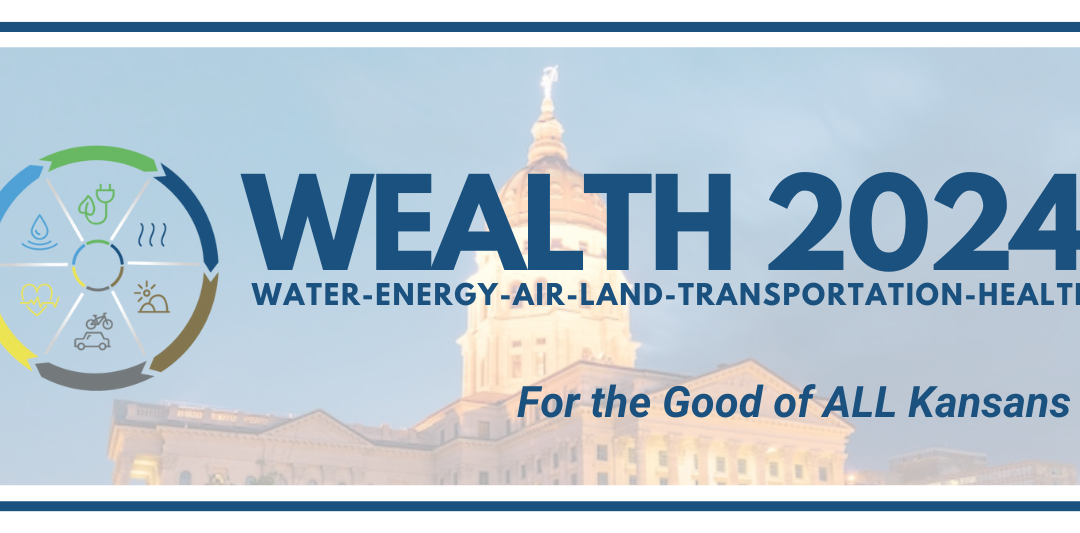Recognizes need for increased investments in clean energy jobs
NATIONAL CLEAN ENERGY WEEK SEPTEMBER 23 – 27, 2019
Hutchinson, KS – As the country recognizes National Clean Energy Week (NCEW) and the positive economic impact new energy technologies are making, the Kansas Clean Energy Business Council is sounding the call for more solar and energy efficiency investments in Kansas.
Nationwide, more than 240,000 people are employed by the solar industry, including more than 6,800 employees in Colorado and 2,800 in Missouri, according to recent reports by the Solar Foundation. In contrast, Kansas has fewer than 1,000 men and women working in the solar industry though the state produces more sunny days than Florida and could be a major solar-power generator.
“The Clean Energy Business Council is working hard to educate Kansans about the possibility of investments in solar power and energy efficiency to grow the Kansas economy and provide cost- savings to those worried about increasing utility bills,” said Dorothy Barnett, executive director of the Clean Energy Business Council. “It’s important we have a regulatory environment that supports clean energy investments. Until those improvements are made, we’ll continue to be 48th in installed solar capacity, even as we experience sunny day after sunny day.”
Across the country energy efficiency solutions are also advancing economic opportunities for American workers and their families. These are jobs based in local communities and cannot be outsourced or automated. In fact, energy efficiency is the fastest-growing jobs sector in the energy industry, but Kansas lags behind neighboring states in energy efficiency investments and hasn’t developed this job market.
Where wind is concerned, Kansas is still a leader. A new report on nationwide clean energy production released this month puts Kansas as a leader in wind energy gains and overall renewable power production. In fact, the state has grown its wind generation six-fold from 2009 to 2018.
“We’re proud of what we’ve seen happen in Kansas with wind development. Now it’s time to do the same with solar and energy efficiency,” said Barnett. “The project completed earlier this year at Maize High School is a great example of what’s possible. They’ve erected a solar power system capable of producing 80% of the school’s energy needs and is one of the largest privately-owned systems in Kansas. Baldwin City’s new solar panel field is the newest example of Kansas’ growing portfolio of clean energy sources. But there’s far more we can, and should, do to advance the clean energy economy.”
To help promote Kansas’ clean energy successes and potential, the Clean Energy Business Council (CEBC), a program of the Climate + Energy Project, is a participating organization in NCEW in Kansas. The CEBC is a member-guided network of professionals interested in renewable energy and energy efficiency as practical business solutions. CEBC offers a shared platform for clean energy companies, nonprofits, and government leaders in Kansas to network, collaborate, and stay informed of complex energy issues.
CEBC Executive Director Dorothy Barnett and member companies are available to discuss clean energy opportunities in Kansas throughout the week.
***
For more information about National Clean Energy Week please visit:
www.nationalcleanenergyweek.org.
For more information about the Clean Energy Business Council, please visit:
www.cleanenergyforbusiness.com.
For more information about the Climate + Energy Project, please visit: www.climateandenergy.org.


